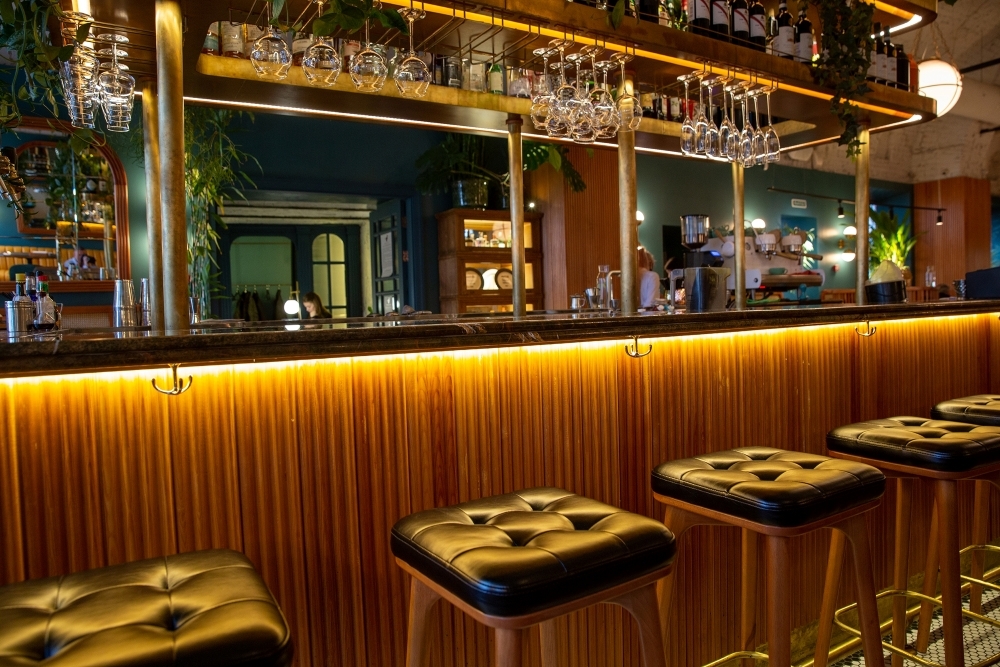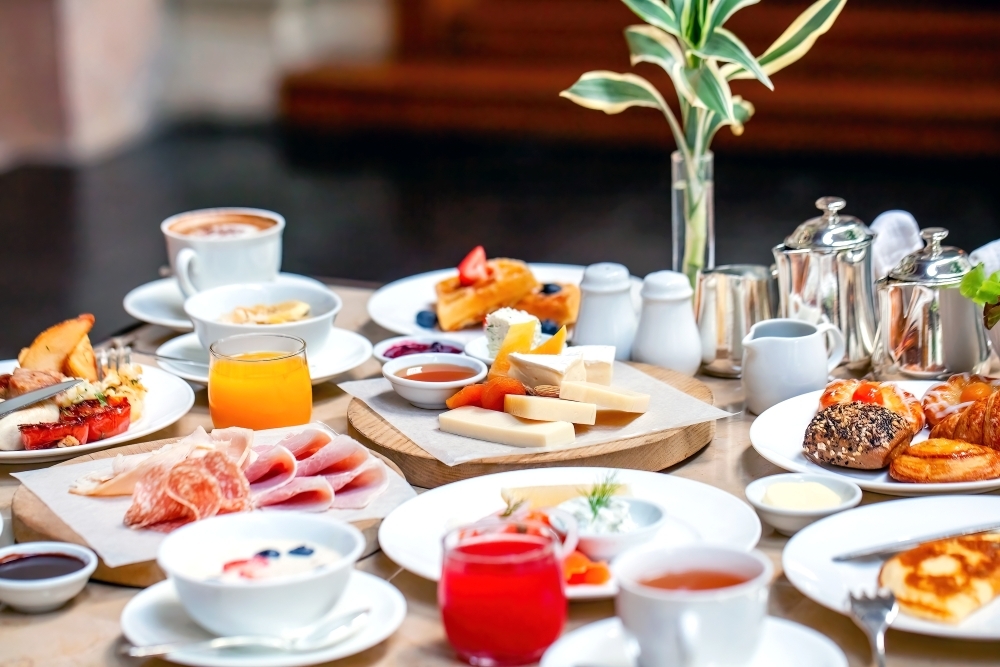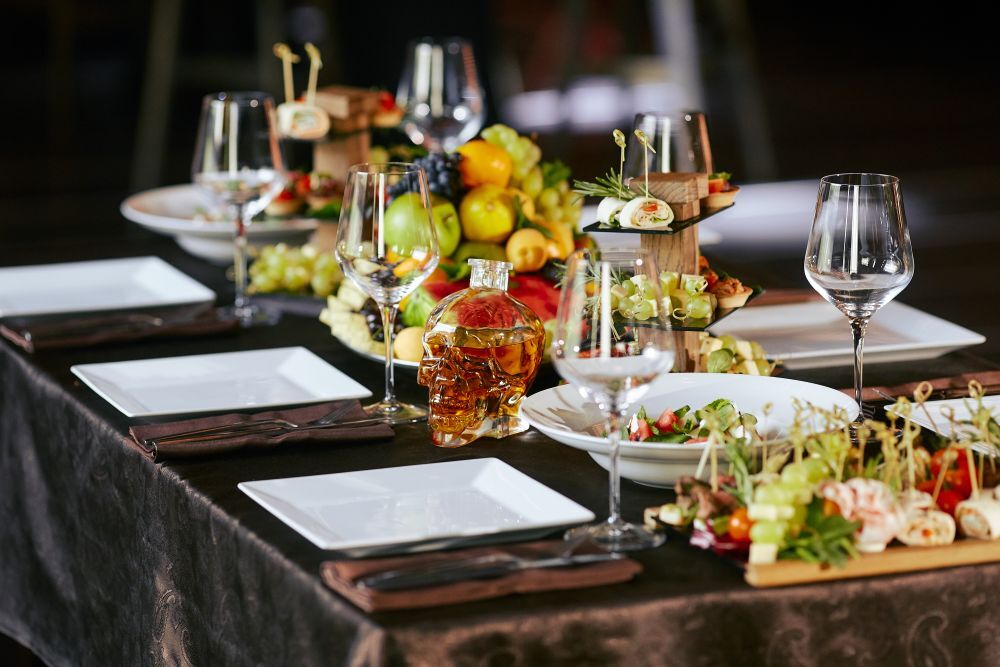Art in the Heart of Hampstead - A Guide to the Best hampstead art gallery
There is a definite magnetism in Hampstead that has attracted artists, creative souls and cultural connoisseurs for hundreds of years. This is an area that began its modern life as a 17th-century spa destination, surrounded by an abundance of wild and natural beauty that provides the stirring inspiration required for minds to wander off the well-trodden path and allow more creative endeavours to be explored. From the writing salons of the early 1930s that drew luminaries such as Virginia Woolf and D.H Lawrence, through to modernist visionaries like Henry Moore and Barbara Hepworth, a positive Bohemian energy has taken root here. And it is one that shows no signs of slowing down.
Of course, that inevitably means that their work needs spaces to be showcased, to connect with the world, to engage the future generations and keep the sparks of influence that all great art needs flying. It is little wonder that Hampstead is home to an impressive array of galleries with diverse installations, exhibitions and productions on show. They all act as a vital and nourishing cultural focus for the communities that live here and an attraction for visitors, making Hampstead one of the most alluring destinations in all of the capital.
Our guide to a collection of the most interesting galleries in Hampstead offers a way to prioritise your time spent here in the pursuit of great art.

Clarendon Fine Art
Clarendon Fine Art set out on a mission 15 years ago to make art acquisition more accessible without some of the barriers that have historically prevented people from engaging with this world. Originally located on Dover Street, this establishment now has a permanent home among the distinguished listed buildings of Hampstead High Street, with a curatorial emphasis on contemporary original works from established and emerging artists.
It holds a thrilling rotating collection of rare pieces signed by such greats as Picasso, Hockney, Warhol and Hirst to give it some serious standing in the art world with a much more laid back and approachable style than some of the bigger London galleries. A huge part of Clarendon’s appeal for collectors is the opportunity to commission pieces from new artists and establish oneself as a patron at the beginning of an artist’s journey. With private showings available after hours, there is a genuine personal touch to proceedings overseen by an all-female board, led by Helen Swaby, that has a progressive eye to combat this still predominantly male powered industry. In all, Clarendon represents a quiet artistic revolution in one of the most wonderful suburbs the capital has to offer.
Catto Gallery
In 1986, Gillian Catto brought this gallery to Heath Street in Hampstead and quickly established a stellar reputation for showcasing contemporary painting and sculpture from mid-career artists around the globe. When two long-serving employees Iain Barrat and Imogen Green acquired the gallery in 2009, there was a pleasing passing of the torch that allowed Catto to ensure its relevance among the gallery choices of Mayfair long into the 21st century. A major refurbishment soon followed to add Catto Below, a basement space for more experimental exhibitions that would support new voices and talent in the art world.
The cadence of exhibitions means that there can be as many as 12 every year, beginning with their Hampstead & Highgate show that celebrates the local landscape and surrounds the gallery with its works. It is precisely this connection with the community and the personal service delivered by Iain and Imogen that has made Catto a vital part of the Hampstead art scene, and they can be relied upon for bespoke advice, information and education in everything they display. A curated and crafted experience that goes a long way in these circles.
Hampstead School of Art Gallery
It is quite rare that one relatively small location is so densely packed with establishments of true artistic note, and even rarer when they are all so keenly affiliated with one particular movement. It is clear to see how the modernist works of Henry Moore, who himself was a patron of the Hampstead School of Art in its earliest guise as The Hampstead Artists’ Council, hold an indelible influence here in Penrose Gardens.
The goal was always to champion the education and support of new artists and give them the support required to explore the foundations that past greats like Moore had laid down. Commendably, it holds the distinction of being the oldest non-profit art school in North London with a serious mission towards inclusivity and art for all.
The gallery space allows high calibre names and student talent to be displayed together with a thoughtful program that maintains strong connections to the current art world themes and discourse. Annual events such as the Hampstead Summer Festival are hosted here in collaboration with Keats House for a thrilling open-air art fair that has become a real Hampstead community highlight, too.
Burgh House & Hampstead Museum
The Grade 1-listed Burgh House in New End Square can easily be viewed as a living monument to the exhilarating cultural history of Hampstead and the notable creatives connected with it. Built in 1704 in the elegant Queen Anne style, the place is a work of art in itself and still retains many of the original period features with panelled rooms, a grand staircase and the old music room that is now sympathetically repurposed as an event space. The permanent collection in the Heath & Wells Rooms on the first floor holds over 500 artifacts that chart the social and architectural development from spa town to Modernist mecca in some style. There are also works by local artists such as Donald Towner, Duncan Grant and Christopher Nevinson to be found here.
Just as much as Hampstead’s gallery scene is destined to be associated with Henry Moore, Burgh House has similar affiliations to the pioneering female artist, Helen Allingham. Many of her creations were of the village lanes, cottages and people that made up Hampstead in the late 19th century, and Burgh House now holds the world’s largest collection of her work, including personal letters of hers. This provides an intimate bridge between the artist and her work that reinforces how important Hampstead has been for the English art scene for well over 200 years.
With so many opportunities for new artists to emerge, learn their craft and showcase their work on big stages, Hampstead is taking the future of art in the community very seriously. Instead of merely looking to the past with a reverent eye, it is surveying the horizon for what will come next and ensuring there is a safe haven for it when it arrives. These galleries are all doing their part in their own inimitable way, and it is a joy to watch them do so.



